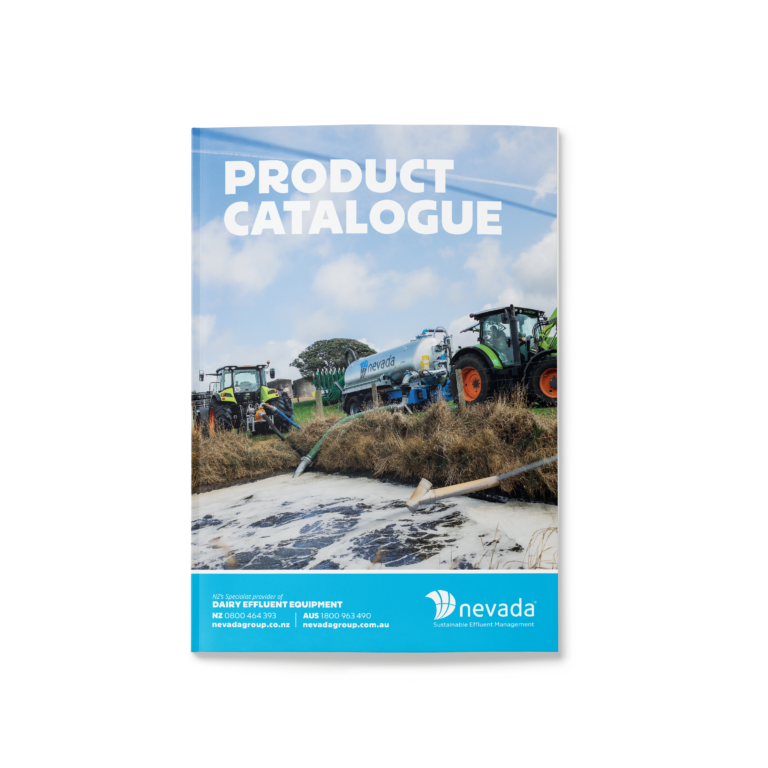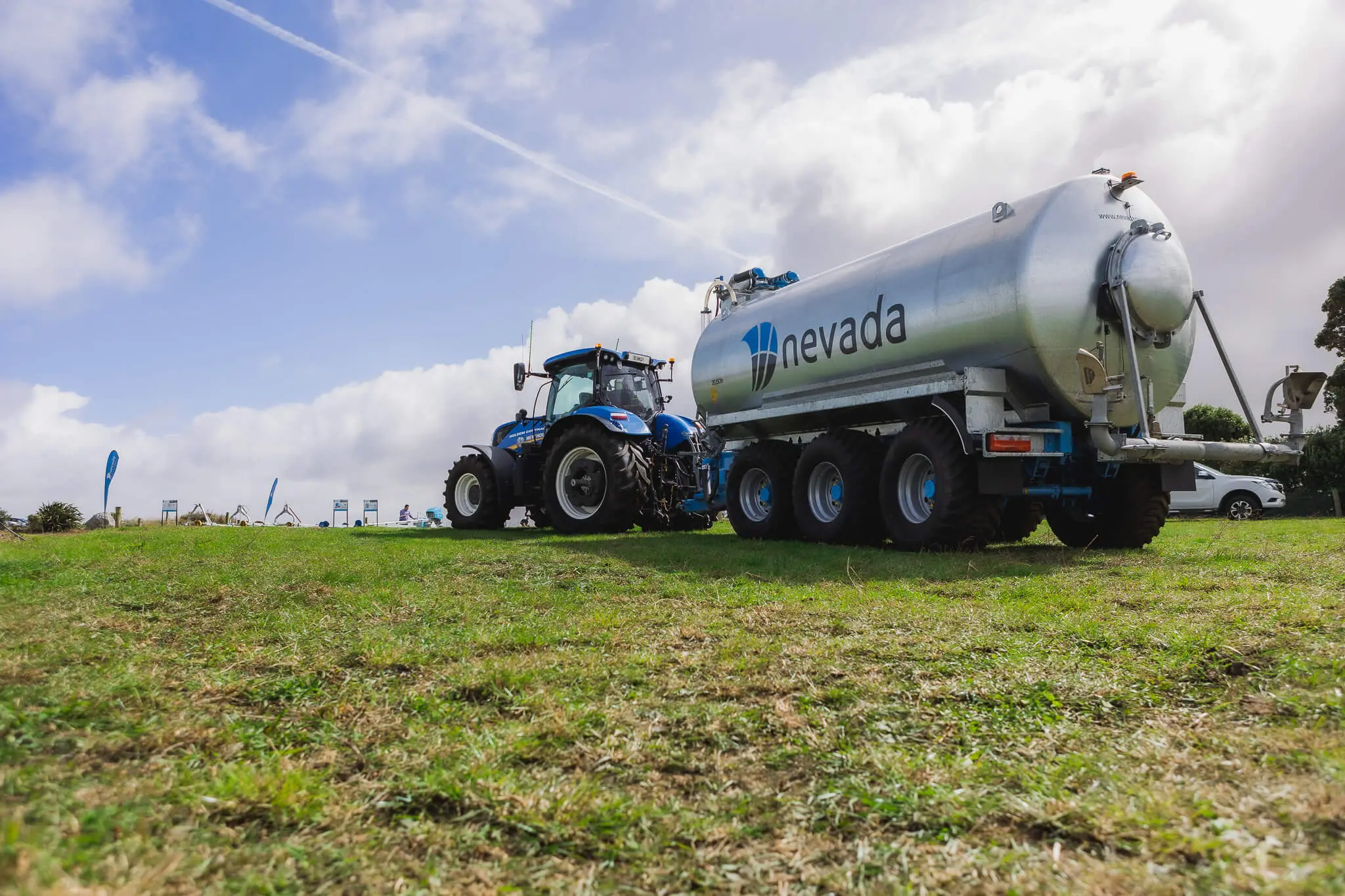- Sustainable Effluent Management
The best practice for effluent management is for it to flow by gravity to the storage, whether it be a pond or bladder tank. This is possible with a bladder tank if there is enough fall. Gravity flow is more efficient and reliable, ensuring that effluent moves easily from the source to the storage.
Stone traps are recommended for both effluent storage options. A pond generally only requires a single stone trap, whereas it is recommended to have two with a bladder tank. This is because preventing abrasive debris from entering the bladder is more critical to prevent damage, and they are more difficult to remove once inside. The first stone trap filters heavy silt, stones, and sand, whereas the second stone trap is fitted with a debris trap to filter out floating solids.
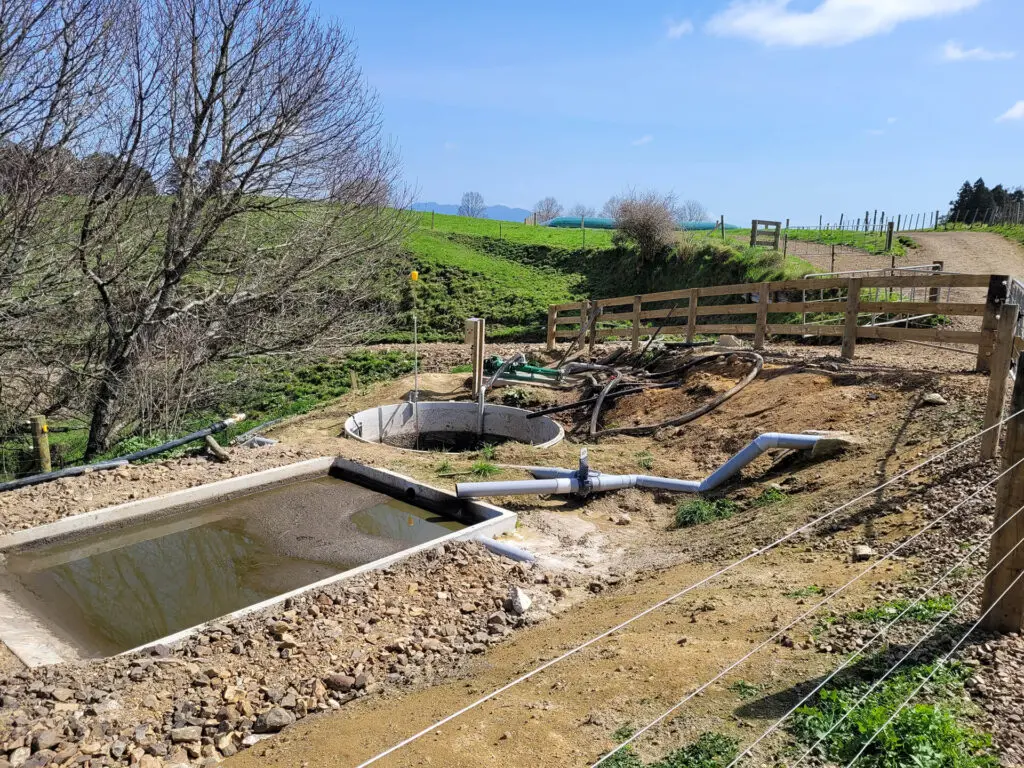
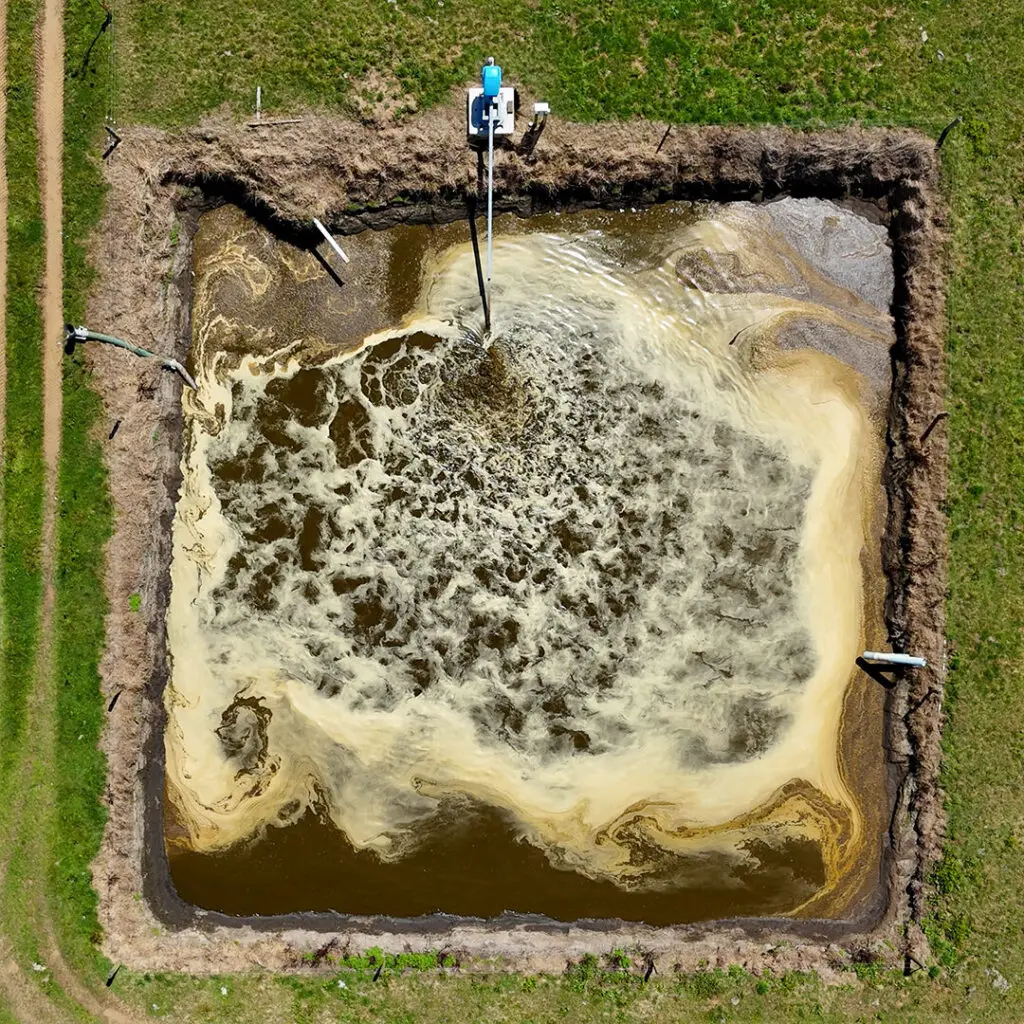
Size requirements for an effluent pond will usually be bigger than a bladder tank due to the pond being open to rain. This is where bladder tanks are a popular option in high rainfall areas.
NOTE: When calculating the footprint of a pond, best practice is for an effluent pond to have a target depth of 4 meters. This allows for a smaller footprint and best use of lining material.
Keeping effluent well mixed is still important for both options. A pond will require either a PTO or electric stirrer, whereas a bladder tank will need a PTO pump to recirculate the effluent inside.
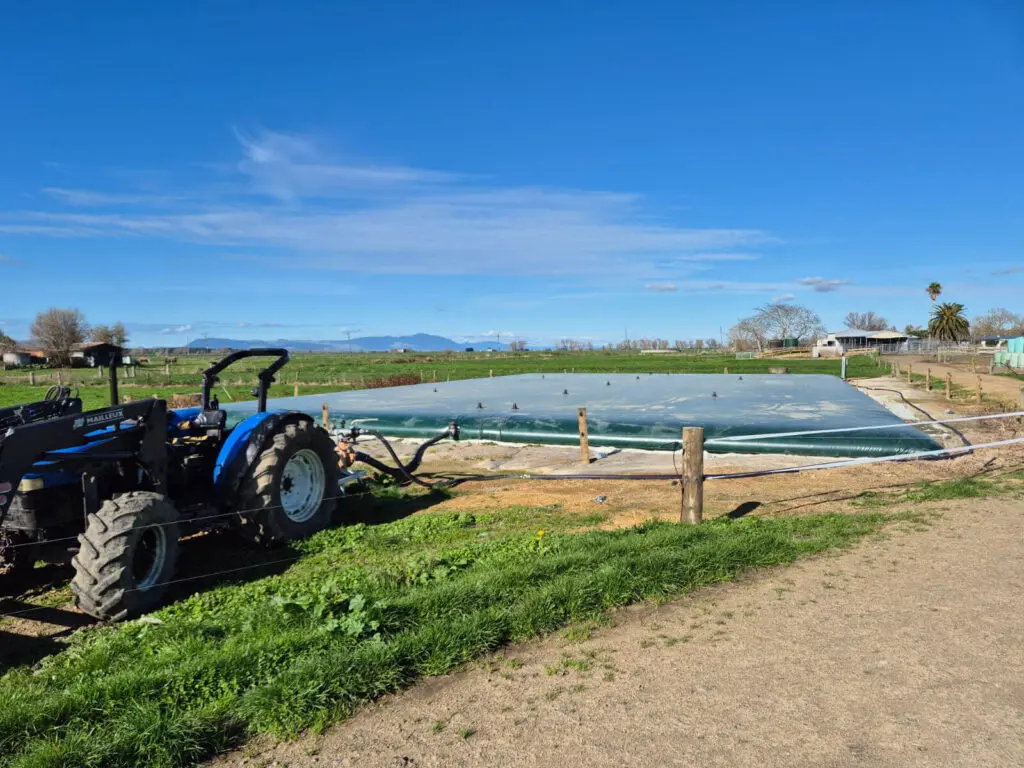
The most common setup for a bladder tank is to have a sump with the excess effluent being stored in the bladder. With either ponds or bladders, an electric pumping system is the more popular choice for convenience, although PTO options are available.
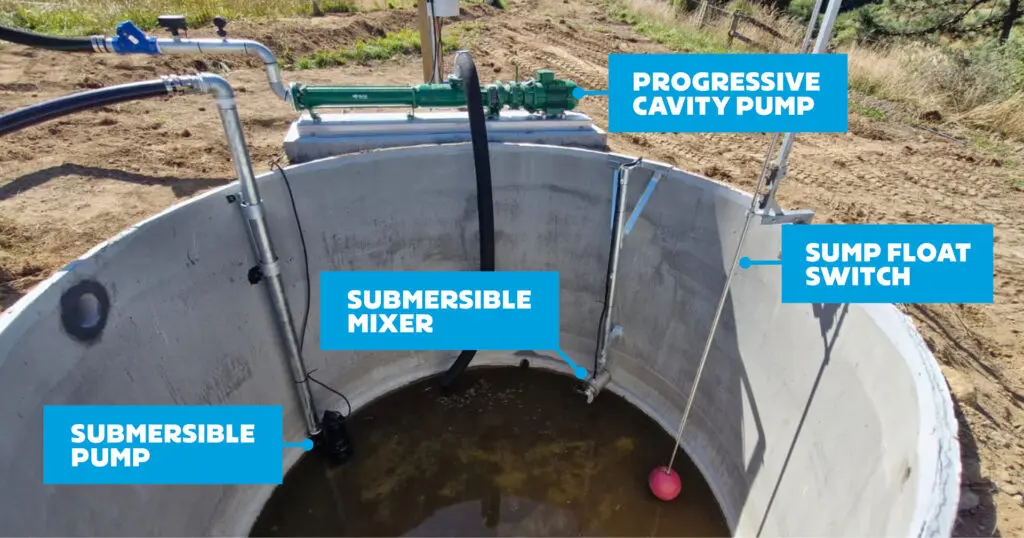
When it comes to choosing between a pond or bladder tank for effluent storage, the final decision will depend on several factors. These factors include rainfall, odour issues, proximity to a power source, and safety. In most instances, as size requirements increase, ponds tend to be more cost-effective. Generally, smaller farms will find a bladder tank better value, whereas larger operations will find a pond better value.
Overall, the higher initial cost of a bladder tank is offset by the lower setup cost and less equipment required. Consider all the factors when making your decision and remember that both options require maintenance and proper care to ensure they function correctly. Consult with your local dairy farm experts to help make the best decision for your farm.
Below are some approximate costs for comparison based on a 300m3 effluent bladder vs 500m3 pond using an electric system.
| Pond | Bladder Tank |
|---|---|
| Significant earthworks | Minimal earthworks |
| Stirrer required (electric) | Mixing done by pump |
| Drain by gravity to pond | Sump required |
| Single stone trap | Double stone trap |
| Power required at pond | Power required at sump |
| Pond Lining | Bladder Tank |
| Approx cost: $74,000* | Approx cost: $67,000* |
"*" indicates required fields
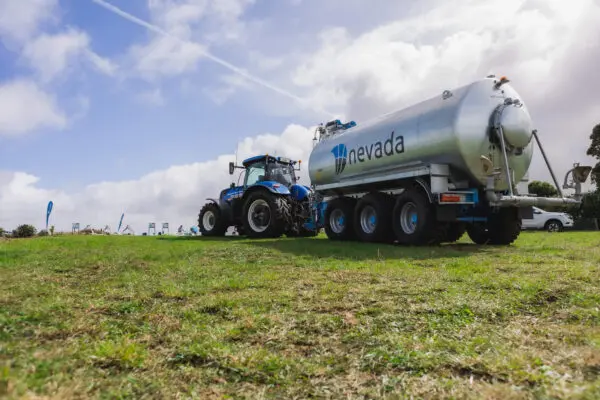
"*" indicates required fields

"*" indicates required fields

"*" indicates required fields
